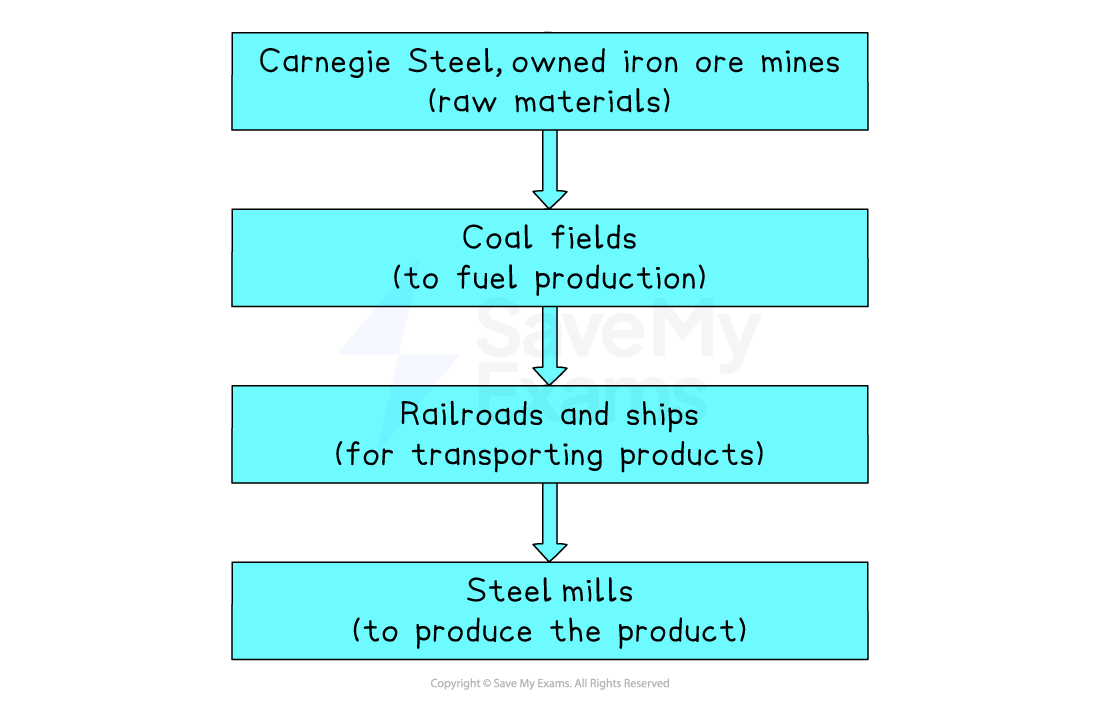The Wealthy of the Gilded Age (College Board AP® US History): Study Guide
Summary
The Gilded Age was a transformative time for the United States and was characterized by the rise of capitalism, an economic system where individuals own and control the production of prices of goods and wealth. This economic system saw the use of new technologies lead to large corporations and trusts. Some saw the capitalist business leaders as Captains of Industry while others saw them as Robber Barons.
Captain of Industry v Robber Baron
Captains of Industry
Captains of Industry were business leaders who helped build the American economy and shape modern industries while creating large fortunes for themselves
They were seen as philanthropists: giving back to society by promoting and supporting charitable organizations
They donated portions of their wealth to promote education, culture, and public welfare such as:
libraries
universities
art collections
Key “Captains of Industry”
John D. Rockefeller
Rockefeller was the founder of Standard Oil
He dominated the oil refining industry
He controlled approximately 90% of US oil production
Many people consider Rockefeller a pioneer of horizontal integration by taking control of oil refining
This was a critical step in the oil industry
It forced competitors out of business
Rockefeller was able to set prices, control quality, and dominate the market
Andrew Carnegie
Carnegie dominated the steel industry
He revolutionized the steel industry by using vertical integration to control every step in the process
This meant he did not have to rely on suppliers, which reduced the cost of production

Robber Barons
Robber Barons were business leaders who were accused of achieving wealth through unethical means
They exploited workers by paying low wages to employees
They drove their competition out of business through unseemly practices, such as:
setting intentionally lower prices below cost to drive smaller companies out of business, then once the competition was eliminated they would raise prices
manipulating stock markets by spreading false information
bribing politicians to secure contracts or avoid regulation
They used political influence to avoid regulation
Examiner Tips and Tricks
In the AP US history exam, expect questions asking you to identify the characteristics of Captains of Industry (innovation and philanthropy) versus Robber Barons (exploitative practices).

Unlock more, it's free!
Did this page help you?